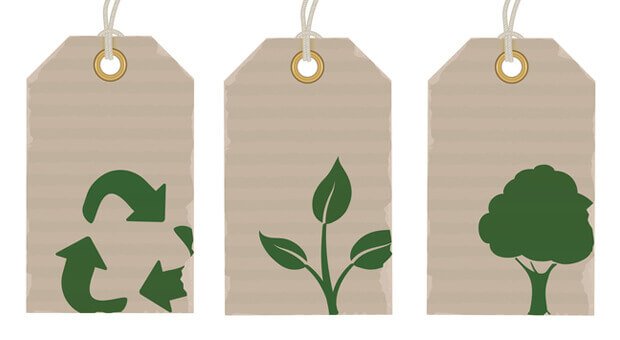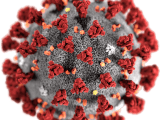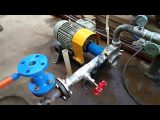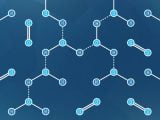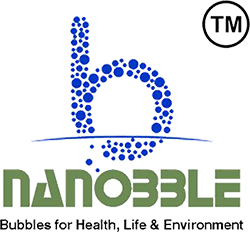The textile finishing industry gives fabrics and garments their final appearance and
properties. It employs traditional processes that are not environmentally friendly. These
industrial activities have some environmental consequences, mainly related to the massive
consumption of chemicals and intensive use of water and energy resources, waste-water
treatments required, etc. Processes like desizing, bleaching, washing (roll-to-roll systems on
fabrics) and dip-coating fictionalization or dyeing (batch systems on garments) are
currently developed by wet application systems and chemicals that require huge amounts of
water and treatment of the waste-water released. The use of alternative chemistry like
ozone for fabric treatment in a continuous way, and use of nanobubble technology for
garment finishing is able to reduce the chemical consumption – also water consumption – in
comparison with traditional systems.
Both technologies promote a new vision of the textile industry:
Ozone ‘Dynamic’ technology is able to use only electric power and air for fabric
finishing. Its background comes from eco-washers of garments that use ozone to soften or
reduce colour in clothing producing and ‘sun-washing’ effect. Significant energy savings of
water and the elimination of the need for toxic processes associated with bleaching were
found. By upgrading and modifying the technology, it was developed a roll-to-roll ozone treatment for fabrics. It only uses air and electric energy in order to produce ozone (a
powerful oxidant gas): vintage effects, fading looks, improved crocking, bleaching,
cleaning, crystal-like flat look on denim and colour degradation are the main benefits.
Then, it’s possible to substitute oxidizing common chemicals (H2O2, other bleaching
agents, etc.) by a natural oxidizing agent like O3, with other environmental benefits like
less waste-water releasing.
Micro Nano Bubble technology is able to treat raw garments and apply different
chemicals, transferring them employing micro-nano bubbles (MNB) as the vehicle of the
chemical products, which can get inside the fibres directly. Current technologies for
garment finishing are based on distributing the chemicals in a bath inside of industrial
washing machines. Hence, great amounts of water, chemicals and energy are
needed. Different chemical products, like softeners, wrinkle-free resins, liquid repellents,
antimicrobial, dyes, etc., whose functional properties need to be transferred to the garment,
are employed. The innovative aspect by using this new technology is that such products get
in contact with the garments with a minimal amount of water, being transported to the
fibres through micro-nano bubbles by means of a flow of wet air.
Three common processes can be replied by this technology: conditioning processes
(softening), fictionalization processes (special/technical properties), exhausting processes
(dyeing directly on garments).
The main textile products to be treated with these technologies are mainly focused on
denim and apparel, but not restricted, as new R&D projects focused on finishing of textiles
for home applications, work wear, automotive, footwear, leather-based products,
medical/health sector, etc. could be launched by EU textile companies, in order to develop
new textile materials and processes.
Results and impacts of the ‘Dynamic’ ozone technology are still being evaluated as the
system could be optimized in terms of productivity, fabrics to be processed, etc. The
tangible main results of the previous ozone system (for garments) were:
– Uses no liquid chemicals.
– Savings of 67% of water.
– Reduction of 85% of chemical consumption (ozone is considered as a chemical product).
– Savings of 62% of energy.
– Reduction of 55% in production time.
Results and impacts of the this technology are based on the MNB-Eco finishing project
main findings:
- 3 different finishing options (softening/conditioning, fictionalization and dyeing).
Savings up to 50% of chemical products.
- Reduction of 86% of water consumption.
- Reduction of 44% of energy consumption.
- Elimination of 97% of wastewater.
(Ref – by Besnik Mehmeti)
